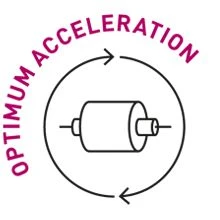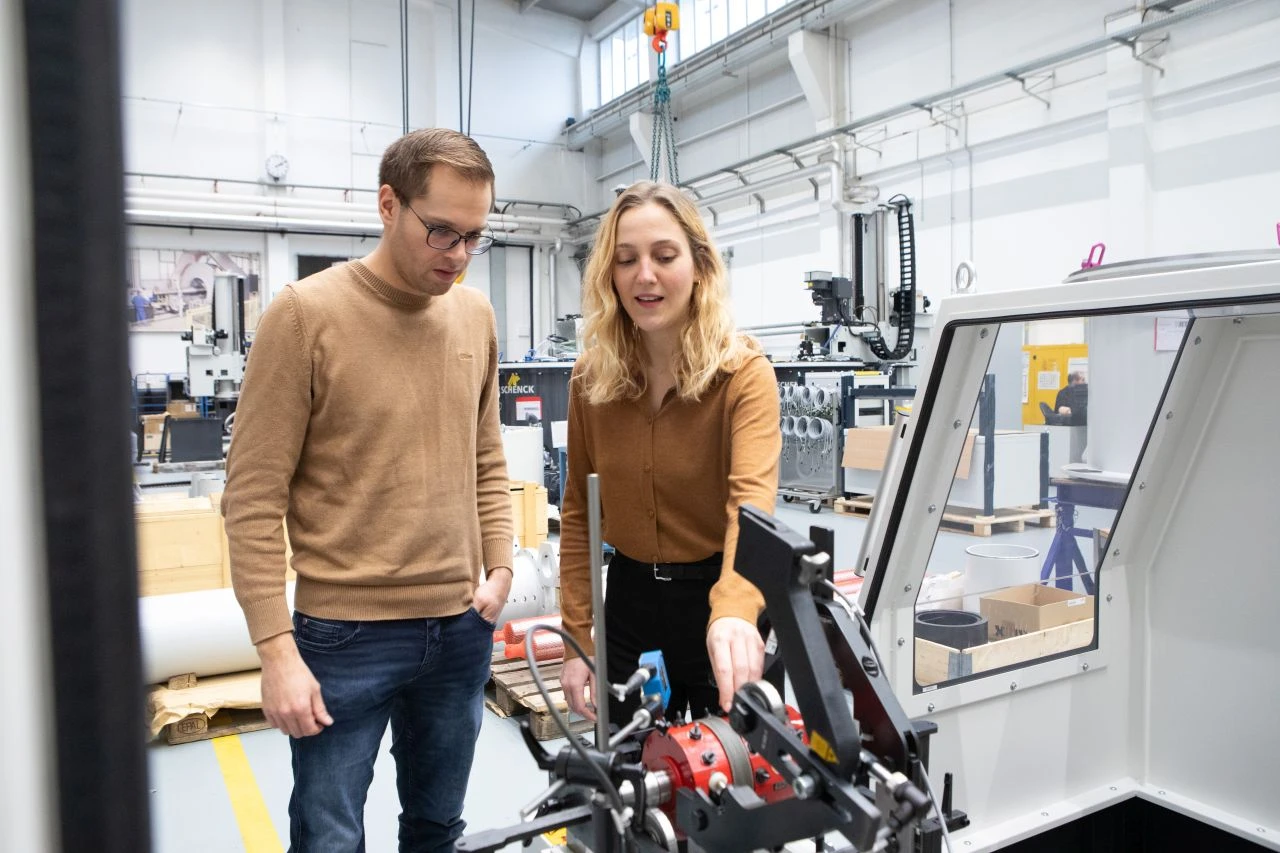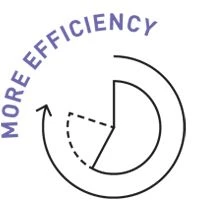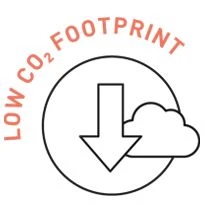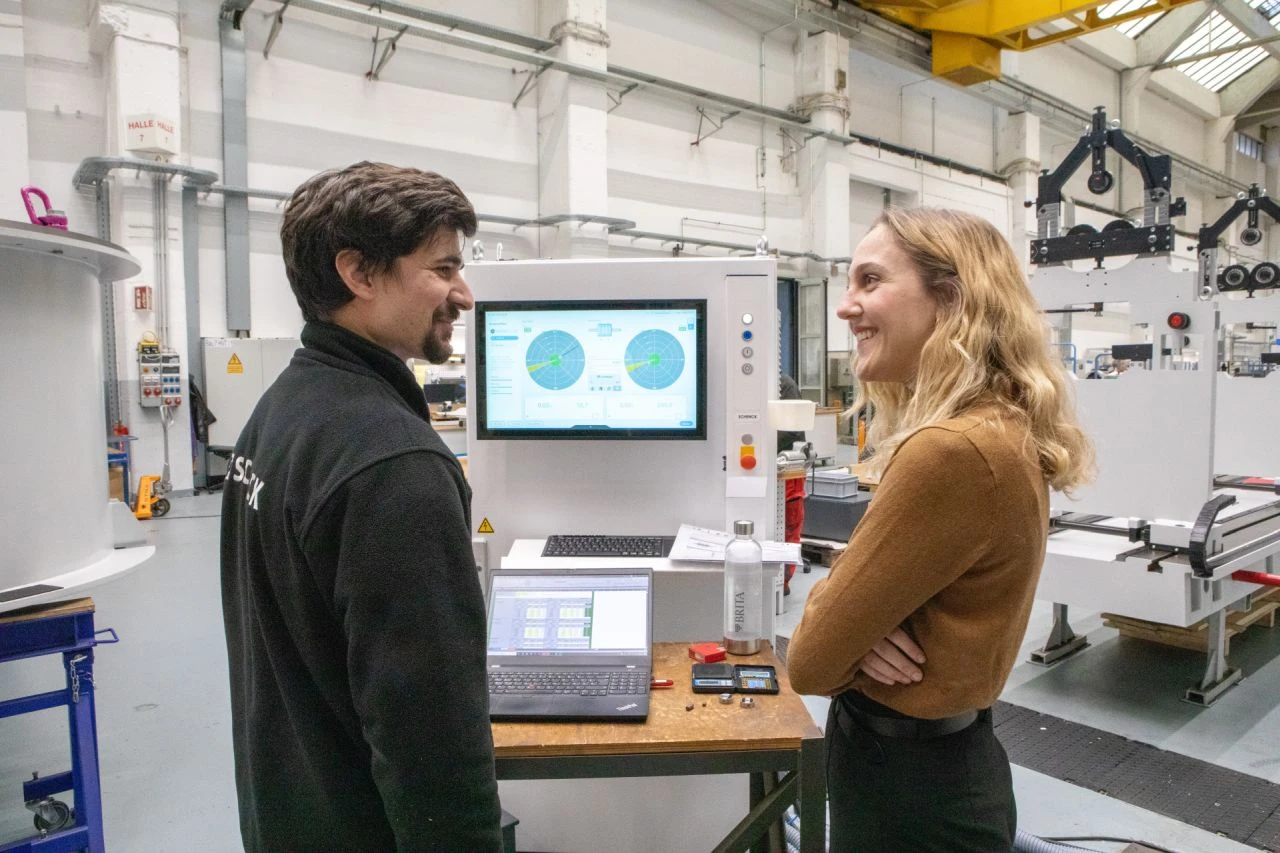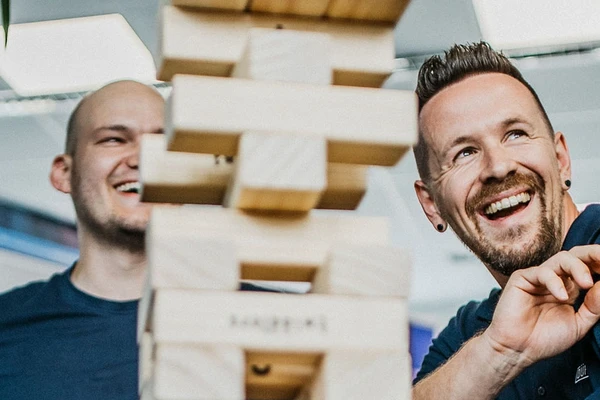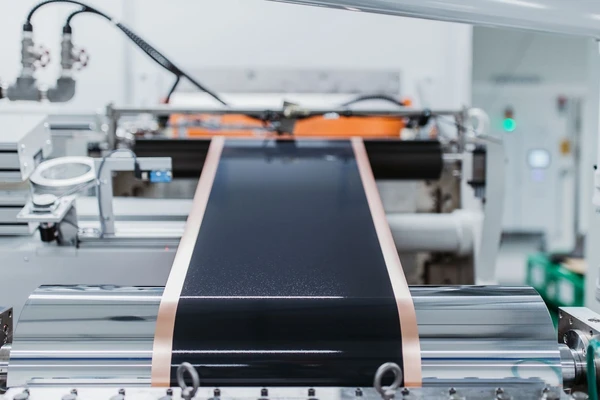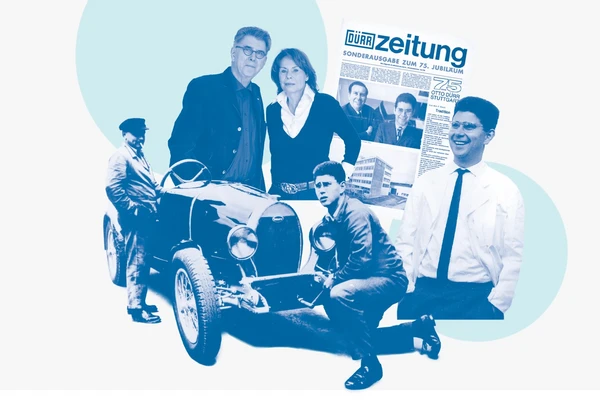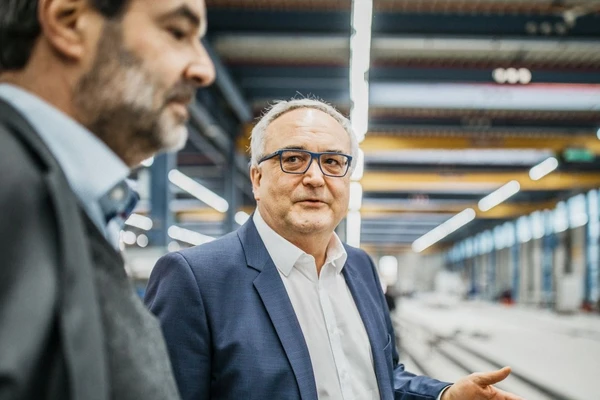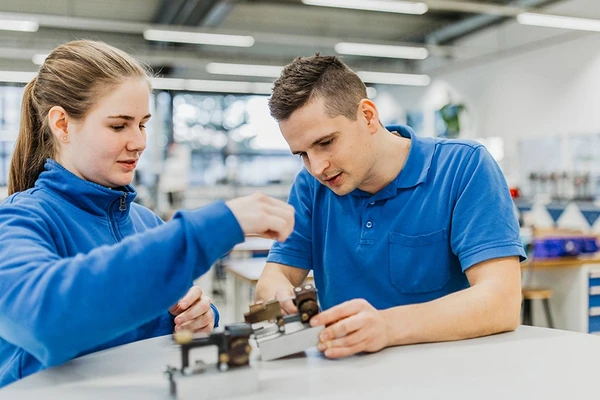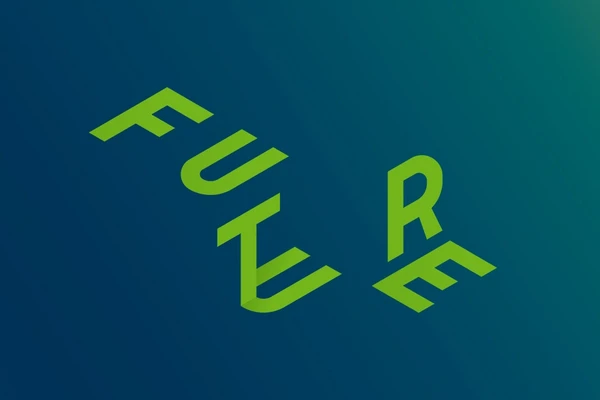
Finding the right balance
Apr 25, 2024
Rotating parts must run smoothly to minimize wear and vibration. Schenck RoTec supplies the right technology for this. Now, for the first time, the Dürr Group’s subsidiary facilitates connecting balancing machines to the cloud. This enables companies to work more easily and economically.
Everything here revolves around balancing technology — Marcel Hug’s specialty. The engineer and product manager leads us through the Schenck RoTec production hall in Darmstadt and stops at a test stand. “This is a model of the new generation of our balancing machines,” he says. It uses networked data technology to make the balancing of rotors easier and more efficient.
When laypeople hear the term rotor, they often think of a wind turbine. In the engineering world, however, it refers to any part that rotates on an axis. Rotors can be found in many products, including heat pump fans, electric motors, giant power plant turbines, and tiny mechanical instruments such as dental drills. They can also be found in cutting-edge technologies such as hydrogen and fuel cell drives.
It is not usually economically viable to produce rotors without unbalance. Even geometrically perfect parts have material density irregularities that are not visible from the outside. When these parts are rotated rapidly, the unbalance becomes noticeable in the form of centrifugal forces.
Manufacturers must therefore balance each rotor before installation. If they do not, vibrations will occur. This causes more than just annoying noise. “An unbalanced rotor causes wear in the bearings,” explains Hug.
The Darmstadt-based Dürr Group subsidiary has been dedicated to the development and production of balancing machines since 1907. Schenck has been driving further development for decades. Its customers include craft businesses, medium-sized companies, and global corporations with manually operated, partially or fully automated balancing machines. Now, another transformation in balancing technology is underway at Schenck RoTec.
Worldwide access
The new Schenck ONE software platform is a hybrid system that runs both as software on a machine and in the cloud. From now on, company employees will be able to access individual machines from any workplace. That is because the data is stored in the ecosystem and is available worldwide — strictly protected from unauthorized access.
Universal balancing machines have long been equipped with modern software. Until now, however, the data often only made it from the machine to the adjacent control cabinet, where it could be read out on the screen. Exporting the data to another location in the company was a laborious process.
But thanks to Schenck ONE, the cloud is growing together with the software world of individual balancing machines. The first generation of machines to which this applies is called Pasio. The largest model in this series can balance a wide range of rotors weighing up to 700 kilograms. This is more in the medium range. Some machines can even handle 350 tons.
Rebekka Metz from Business Development demonstrates how a balancing process with Schenck ONE works on one of the new Pasio machines. A test rotor is already in place. “It is now accelerated to 1000 revolutions per minute,” explains the mechanical engineer. Complex measurement technology analyzes how evenly the part rotates. The image of the rotor appears on the monitor with colored markings.
Would you like some more?
At first glance, you can see that six grams of weight must be added at a specific location on the rotor to ensure rotation without unbalance. This can be achieved by clamping, welding, screwing, or gluing. In other cases, the instruction may be to remove some weight. This is usually done by drilling a hole in the rotor at the location specified by the software. The program will also specify how deep the hole must be.
Thanks to Schenck ONE’s cloud technology, the balancing machine data can be viewed from anywhere. Settings for a specific rotor type can thus also be transferred to other machines. In addition, balancing data is automatically documented and can be accessed in seconds at any time.
But Schenck ONE offers customers even more possibilities. When purchasing a balancing machine, companies now have to decide which software they want to have installed. Previously, updating or adding to the program was time-consuming, as it required an on-site service assignment by the customer service department. In the future, this will be possible in minutes via the cloud.
Staying flexible
Another advantage: Software features can be added flexibly. If a customer needs more functionalities at a later date, these can be loaded onto the machine via the cloud in no time at all. “It is like a simple software update,” says expert Metz.
Over the next few years, more of the company’s balancing machines will gradually be prepared for Schenck ONE. But no customer is forced to make the technological leap into the cloud. “Those who want to stay offline can still order the machine from us in the future,” says Hug. And if you’re not sure yet, you also have this option. After all, every new machine equipped with Schenck ONE can be connected to the cloud at any later point in time. This allows companies to decide for themselves when they want to make the technological leap.
More about
- With an eye on the overall process: → The next giant leap in balancing

Holger
Mayer
Global Director Digital and Marketing
Schenck RoTec GmbH
Landwehrstr. 55
64293 Darmstadt
Germany
Landwehrstr. 55
64293 Darmstadt
Germany
